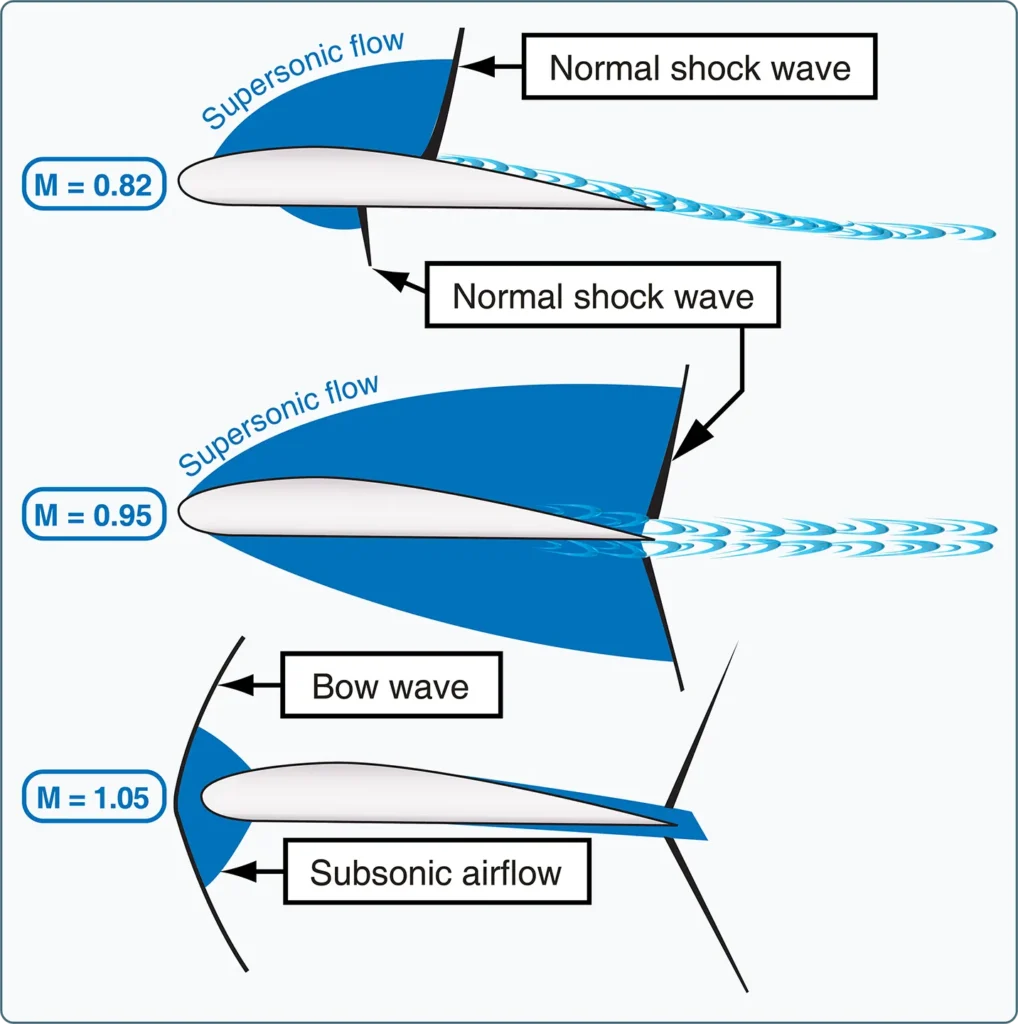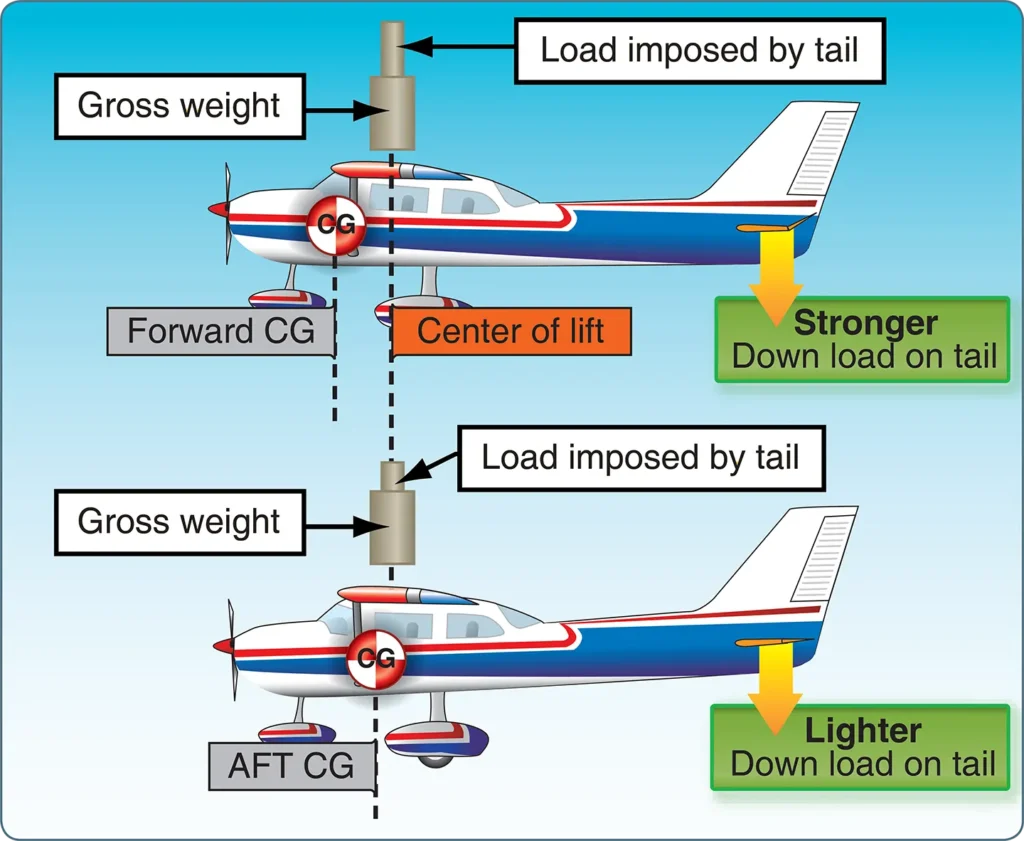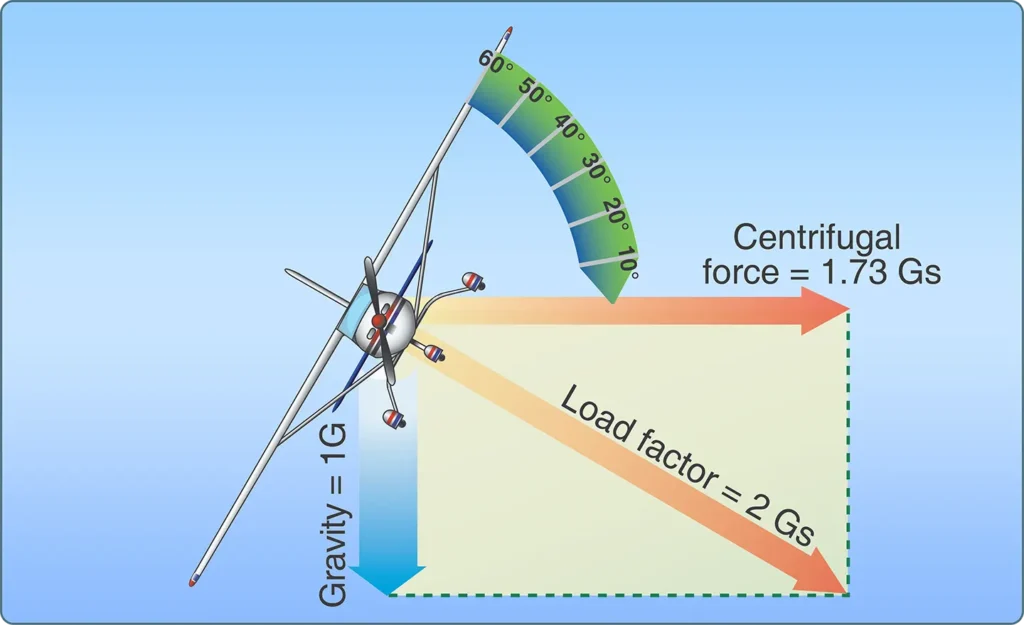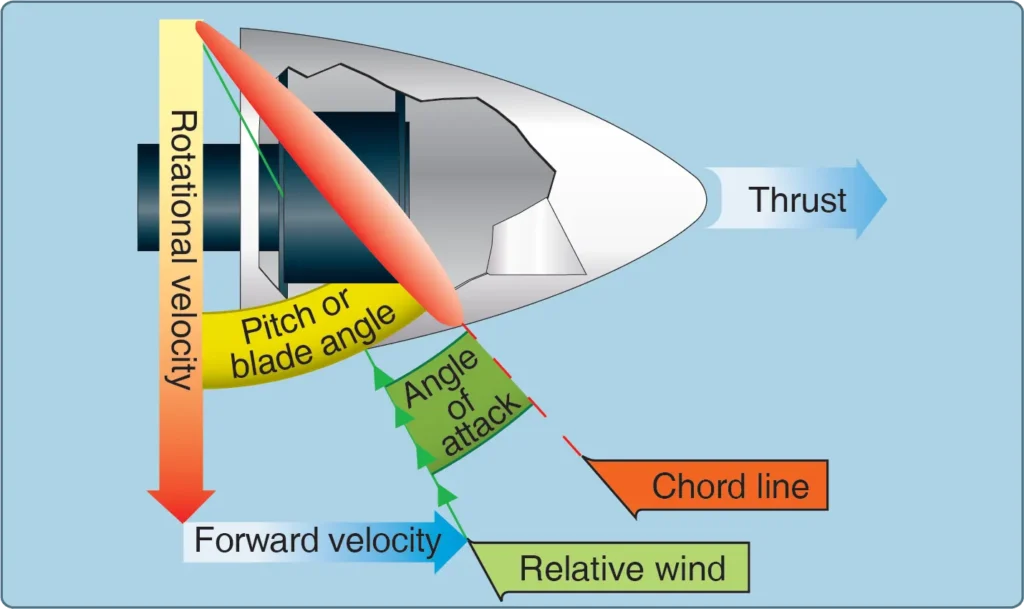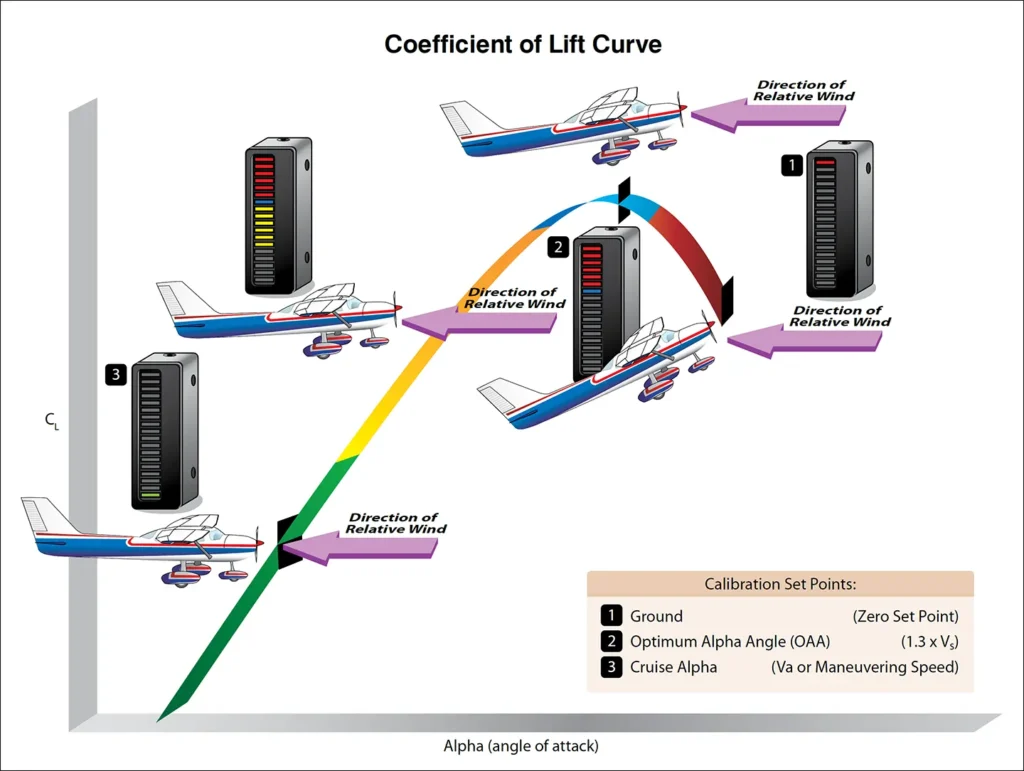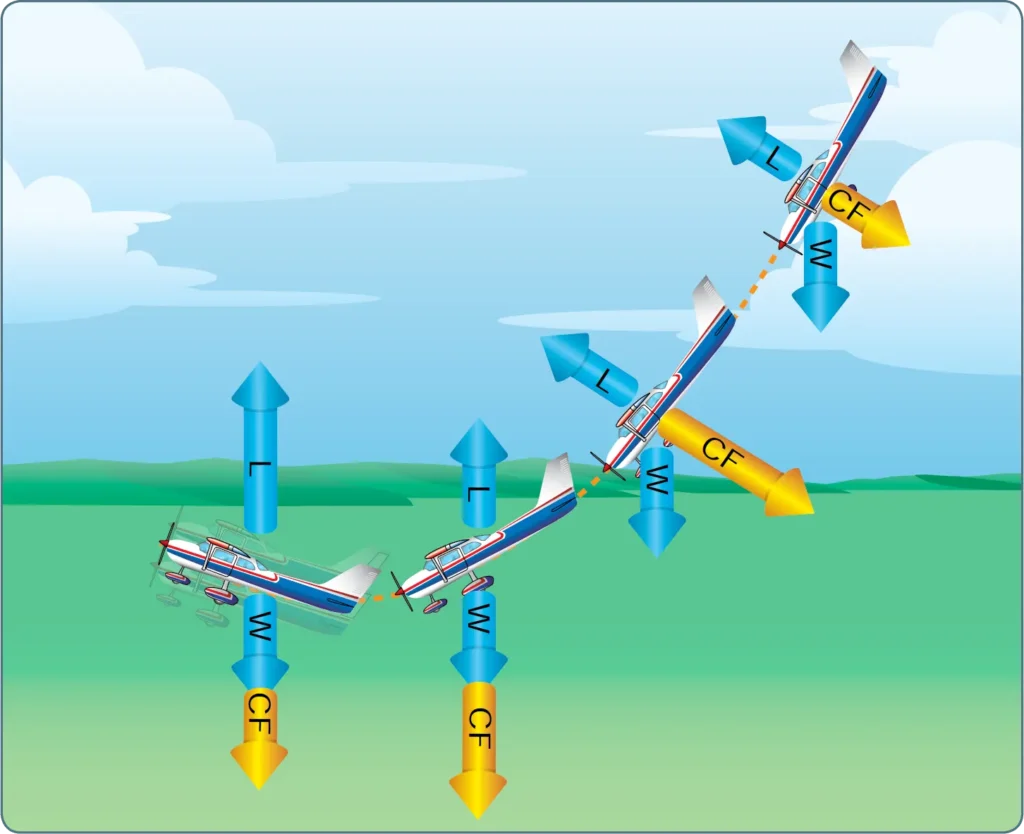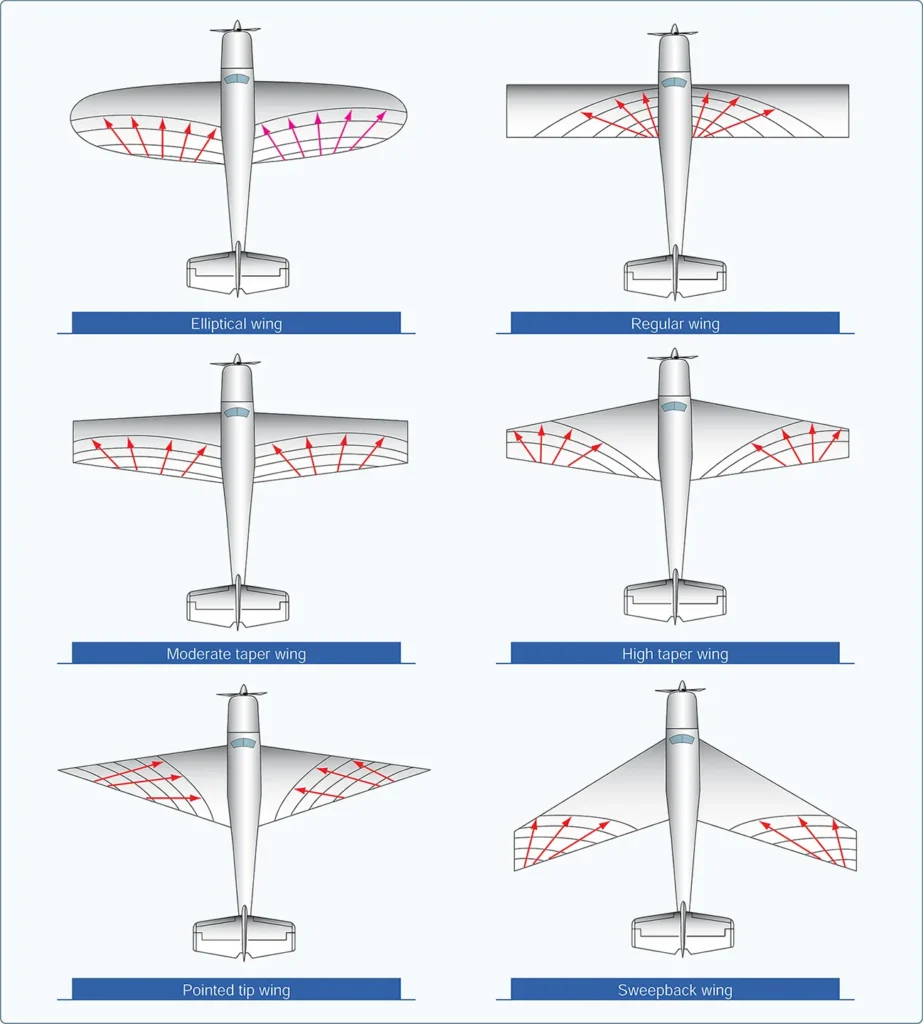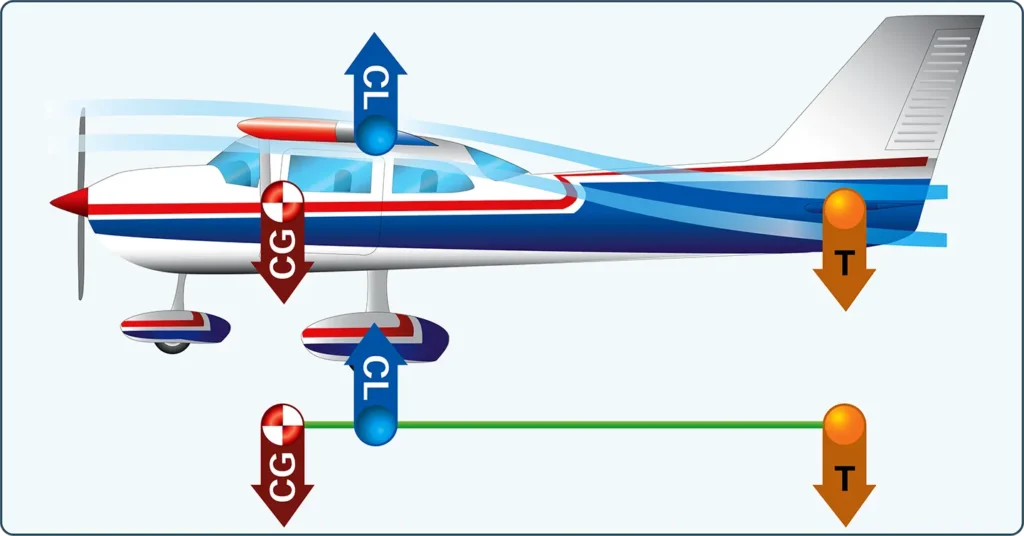High Speed Flight | Aerodynamics of flight
Aeronautical Knowledge, Flying TrainingSubsonic Versus Supersonic Flow In subsonic aerodynamics, the theory of lift is based upon the forces generated on a body and a moving gas (air) in which it is immersed. At speeds of approximately 260 knots or less, air can be considered incompressible in that, at a fixed altitude, its density remains nearly constant while […]

